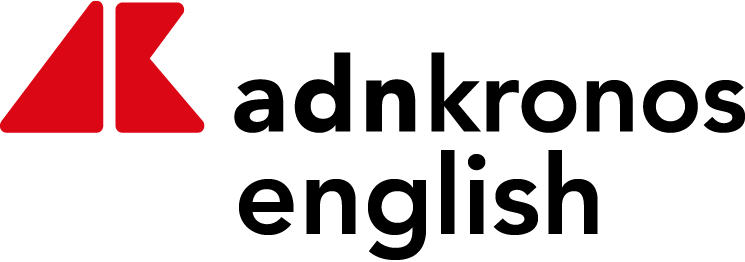(Adnkronos) – Donald Trump imposes tariffs on the whole world, taxing even uninhabited territories. The very long list includes about sixty nations and territories, including the Svalbard islands, the northernmost part of Norway and the northernmost inhabited lands on planet Earth. At the opposite extreme, there are the Heard Island and McDonald Islands, an archipelago of just over 370 square kilometers in the Antarctic Ocean. Negligible detail: the external Australian territory is uninhabited, there is no one on the islands to apply the 10% duties launched by the American administration. On Heard Island, the largest, there is only ice to keep the Mawson Peak volcano company. There are no ports to land on the islands and, given the weather, there aren’t many reasons to set foot on land: it rains or snows practically all the time.
Norfolk Island, another territory linked to Australia, fared worse. 2,188 people live on the strip of land 1,600 km northeast of Sydney who will have to deal with duties of 29%. All ‘fault’, apparently, of exports of leather for footwear: it would be a business of 655 thousand dollars in 2023. “In reality there are no known exports to the US and there are no duties for goods imported here”, he says to the Guardian George Plant, administrator of the island. “I’m not sure Norfolk Island, with all due respect, is a competitor to the gigantic US economy. The 29% duties show that no one is safe on Earth…”, concludes Australian Prime Minister Anthony Albanese.
Another Australian territory hit by the tariffs is that of the Cocos Islands. With a population of 600 people, the territory sends 32% of its exports (ships) to the United States, according to the CIA Factbook. Now they face a 10% duty. On the other side of the planet, the small Norwegian island and former whaling station of Jan Mayen faces 10% tariffs. But no one lives there permanently (some soldiers take turns there) and it has an economy equal to zero, according to the CIA Factbook, which defines it as a “desolate and mountainous” island. Tokelau, a self-governing territory of New Zealand, made up of three atolls in the South Pacific Ocean, with a population of about 1,600, according to the CIA Factbook, also has to pay 10% tariffs. It has an economy of about $8 million and exports of about $100,000.
A particularly hard-hit enclave of Trump’s tariffs is Saint Pierre and Miquelon, a French territory of eight small islands near the Canadian province of Newfoundland. With a population of about 5,000, it is “the only remaining vestige of France’s vast North American possessions,” the CIA Factbook explains. Its exports, “processed crustaceans, molluscs”, are now subject to a maxi US tariff of 50%, much higher than that which France faces (20%) as part of the European Union. Lesotho, a country of 2.2 million people surrounded by South Africa, which sends 20% of its $900 million in annual exports (diamonds, clothing, wool, electrical equipment, bedding) to the United States, will also face 50% tariffs.
The British Indian Ocean Territory is subject to a 10% tariff. It is populated only by about 3,000 British and American military and contractors at the Diego Garcia air base. The CIA Factbook lists its main export as fish, but it is unclear who does the fishing or who buys it. The Marshall Islands, a group of 34 atolls and islands in the North Pacific, are home to 82,000 people and a major US military base, the Kwajalein Garrison, which contributes to ballistic missile testing and tracking. Washington is responsible for the defense of the Marshall Islands under a Compact of Free Association. Exports are about $130 million a year, although the United States is not listed as a major destination for its goods. If they arrive in the US, the duties will be 10 percent.




